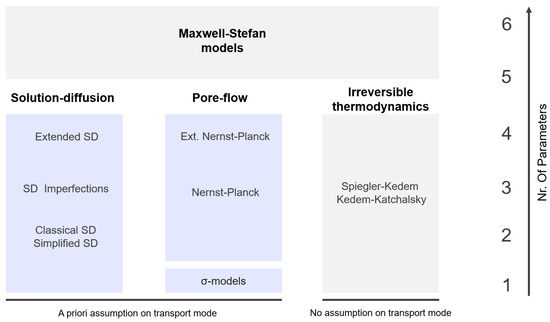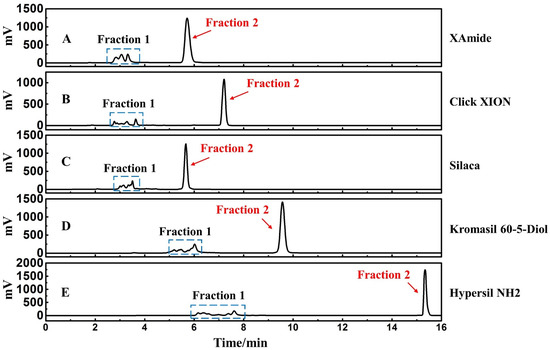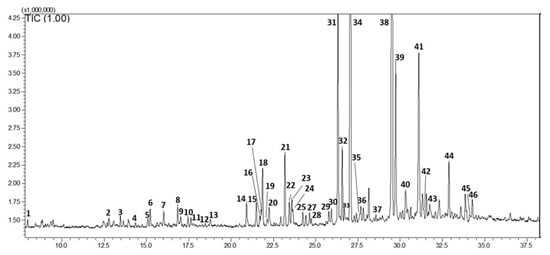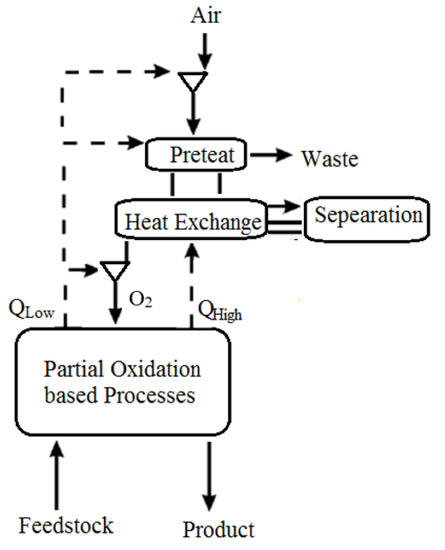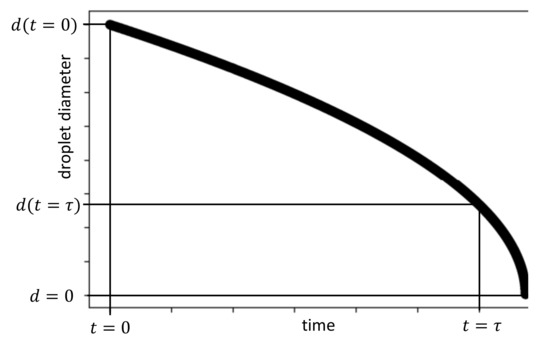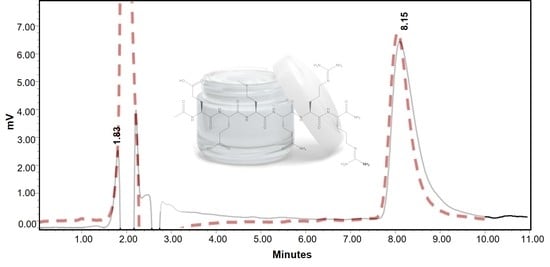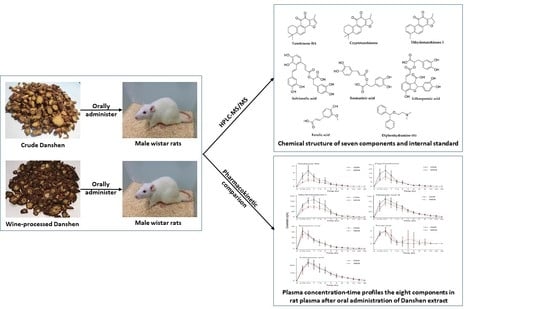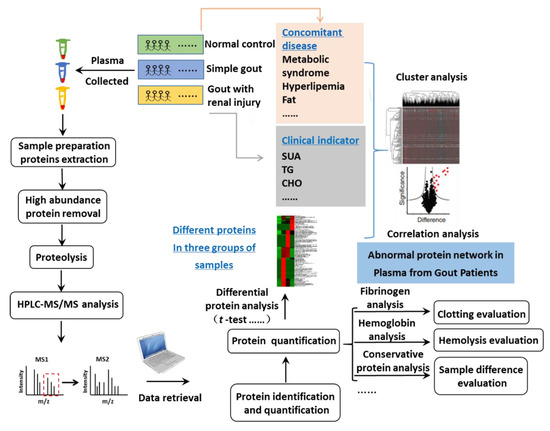State of the Art in Separation Science
A topical collection in Separations (ISSN 2297-8739). This collection belongs to the section "Chromatographic Separations".
Viewed by 38954Editor
Interests: analytical chemistry; sample preparation; chromatography; HPLC; method validation; method development; separation science; food analysis; bioanalysis; environmental analysis; green analytical chemistry; sorptive extraction; microextraction techniques
Special Issues, Collections and Topics in MDPI journals
Topical Collection Information
Dear Colleagues,
The term “Separation techniques” refers to a group of analytical techniques used to separate the components of a homogenous mixture that are further detected, identified and quantitatively determined.
Though separation can involve distillation and evaporation, typically in analytical chemistry, separation techniques include all types of chromatographic and electrophoretic techniques, such as:
- Gas Chromatography (GC)
- Liquid Chromatography (LC)
- High Performance Liquid Chromatography (HPLC)
- LC-MS
- LC-MS/MS
- LC-NMR
- 2D LC
- 2D GC
- GC-MS
- Capillary Electrochromatography (CEC)
- Supercritical Fluid Chromatography (SFC)
- Affinity Electrophoresis
- Capillary Electrophoresis
- Gel Electrophoresis
- Immunoelectrophoresis
- Isoelectric Focusing ((IEF)
- Isotachophoresis (ITP)
Significant advances have been made in the last few decades, including in instrumentation as well as the materials used in stationary or mobile phases. All these advances are following the principles of Green Analytical Chemistry. Therefore, automation, speed and safety are of great importance.
Two-dimensional techniques as well as hyphenated with spectroscopic techniques have improved the feature characteristics of established separation techniques making them the best analytical tool in the analysis of any kind of sample derived from various chemistry sectors as well other scientific fields such as food science, veterinary medicine, biology, dentistry, archeology, forensics, pharmaceutical chemistry, medicine, environmental science etc. To that end major advances in separation science have led to significant findings in the above mentioned scientific fields.
The questions that arise are: What is the state of the art in Separation Sciences? What advances have been reported recently? Last but not least, what are the future perspectives?
The aim of this Topical Collection is to have the answers to these questions addressed by the experts in the field, who are invited to contribute with a research or review article.
Prof. Dr. Victoria Samanidou
Collection Editor
Manuscript Submission Information
Manuscripts should be submitted online at www.mdpi.com by registering and logging in to this website. Once you are registered, click here to go to the submission form. Manuscripts can be submitted until the deadline. All submissions that pass pre-check are peer-reviewed. Accepted papers will be published continuously in the journal (as soon as accepted) and will be listed together on the collection website. Research articles, review articles as well as short communications are invited. For planned papers, a title and short abstract (about 100 words) can be sent to the Editorial Office for announcement on this website.
Submitted manuscripts should not have been published previously, nor be under consideration for publication elsewhere (except conference proceedings papers). All manuscripts are thoroughly refereed through a single-blind peer-review process. A guide for authors and other relevant information for submission of manuscripts is available on the Instructions for Authors page. Separations is an international peer-reviewed open access monthly journal published by MDPI.
Please visit the Instructions for Authors page before submitting a manuscript. The Article Processing Charge (APC) for publication in this open access journal is 2600 CHF (Swiss Francs). Submitted papers should be well formatted and use good English. Authors may use MDPI's English editing service prior to publication or during author revisions.
Keywords
- Gas Chromatography (GC)
- Liquid Chromatography (LC)
- High Performance Liquid Chromatography (HPLC)
- LC-MS
- LC-MS/MS
- LC-NMR
- 2D LC
- 2D GC
- GC-MS
- Capillary electrochromatography
- Supercritical Fluid Chromatography
- Affinity electrophoresis
- Capillary electrophoresis
- Gel electrophoresis
- Immunoelectrophoresis
- Isoelectric focusing
- Isotachophoresis






